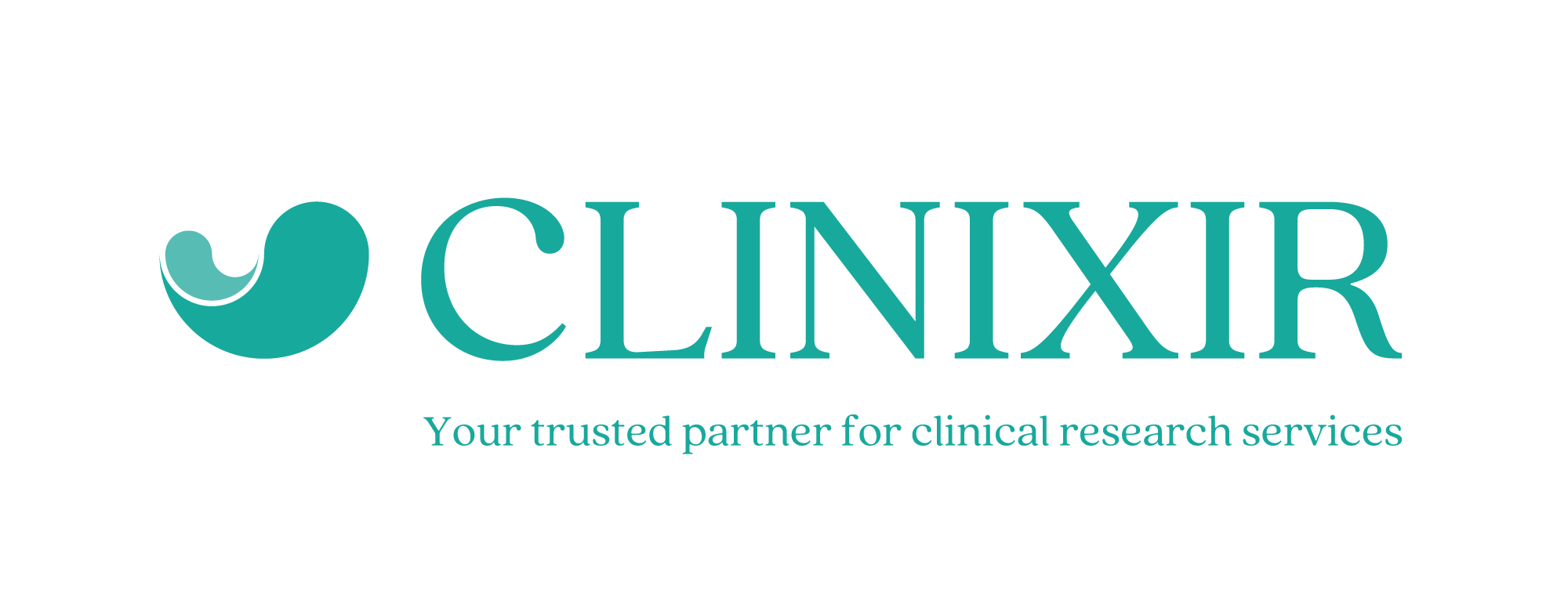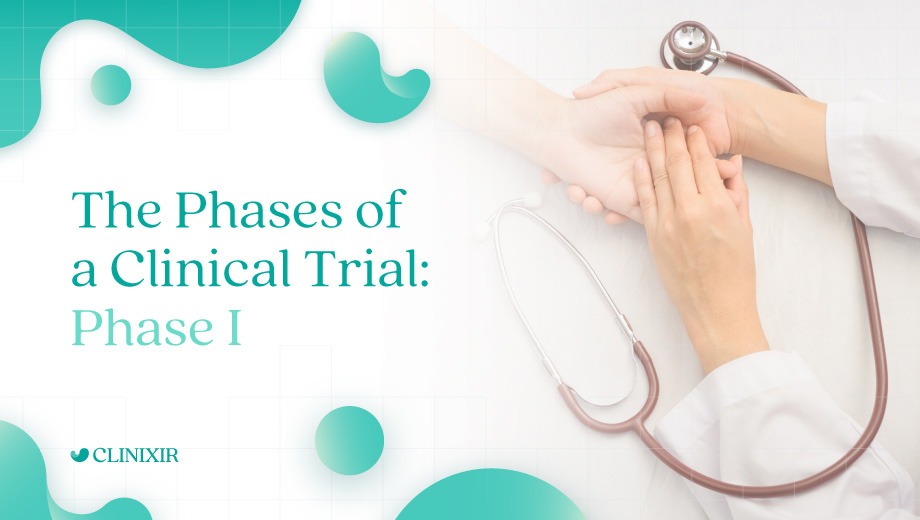Each phase in a clinical trial is of massive importance to the safety and well being of the general public.
In essence, clinical trials aim at establishing the safety of new treatments or drugs. In addition, clinical trials also contribute to medical studies. The insights provided by clinical trials enable pharmaceutical and other medical companies to remain vigilant in countering new viruses, as they develop new treatment methods or drugs to keep people safe.
Phase I is primarily focused on establishing the benefit and safety of a new drug or treatment method to a small group of healthy patients. It entails the assessment of potential risks, as well as the effective range of drug doses. This process helps determine the future development of a new drug or method of treatment, with protocol design and preparation playing a major role in the outcome. Although 90% of new drugs fail their clinical trials, the first phase of each trial has a 66.4% success rate; the percentages of success sharply decrease after each phase.
Safety at the forefront
Phase I aims to ensure that the potential risks and side effects are identified and assessed by testing the new drugs or treatment methods on a small group of 20-80 healthy patients. This step helps to root out the possibility of unexpected effects, prior to testing on a larger and more varied group of patients in phase II.
The other important outcome assessed during this phase is the benefit of said treatments or drugs. Given that clinical trials are more often than not lengthy and resource consuming processes, it is imperative to determine the likely benefits of such a trial, whether it should cease or continue, and whether the trial is expected to contribute to other ongoing medical or pharmaceutical developments.
Outcomes and side effects
The next aspect of assessment focuses on patients’ bodily reaction to the new drug or method of treatment. This specifically involves the evaluation of efficacy and occurrence of side effects after administering varying dose levels, from lower to increased doses.
In a typical situation, a few patients are administered a lower dose. If the given dose does not result in negative effects, the next few patients are administered a higher dose. Their health status is then carefully monitored, along with the patients’ drug blood composition, to establish the efficacy of the treatment method or drug, as well as the safest dose level, and the body’s ability to process and rid itself of the drug after use.
Time and significance
Depending on the protocol design and enrollment process, the length of the first phase could last from a few months to a year.
The lengthy process ensures that the drug or treatment can safely be tested on a larger group of varied patients in phase II. Due to the larger sample group, it is necessary to undertake a lengthy testing period so as to minimize the possibility of risky side effects.
Apart from determining the optimal dose levels and potential effectiveness of the new treatment or drug, this phase also establishes the best method to administer the drug, such as through ingestion or injection. A summary regarding the benefits of studying the drug is also compiled, to contribute the relevant findings toward other relevant and ongoing studies.
Issues and challenges
There are many issues and challenges associated with phase I. Failures can arise from under-enrollment, poor or inadequate site performance, low patient engagement or retention, or inadequate protocol design.
These factors dictate the probability of success and are considered the first regulatory system barriers, given the strict levels of evidence and data accuracy requirements imposed by the Food and Drug Administration (FDA). Poor implementation of phase I can therefore result in extended trial timelines, increased costs, and revisions by investigators.
Quality planning leads to quality results
Phase I reflects the strict nature of FDA requirements and safety regulations to help ensure that all drugs and treatment methods are safe.
Before a new drug or treatment method is officially approved by the FDA, researchers are tasked with making sure that the drug or treatment is effective, beneficial, and safe, by meticulously assessing the dose levels, the probability of side effects, and the body’s ability to get rid of the drug.
Clinical trials are long and complex processes, but by partnering with the right CRO, you can ensure that your trials are well-executed, better prepared, and successful at producing clear and reliable data.
At Clinixir, we offer industry-leading services to help your organization develop better, more cutting-edge treatments. Our advanced methods and technologies enable your organization to put reliable drugs and treatment methods on the market, providing a better quality of life for the general public.
Contact us today to get started.
The next installation of our Phases of a Clinical Trial series will examine phase II clinical trials.



